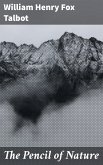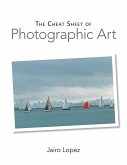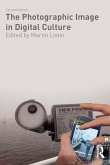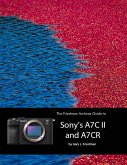In "The Pencil of Nature," William Henry Fox Talbot presents a groundbreaking exploration of photography as a medium of artistic expression and documentation. This seminal work, published in the 1840s, is notable for its innovative combination of text and exquisite photogenic images, reflecting the burgeoning fascination with capturing the natural world through a camera. Talbot's use of the salted paper process and his meticulous attention to the interplay of light and shadow serve to elevate photographic practice to fine art, while also engaging deeply with contemporary scientific discourse. The book stands at the intersection of artistic ambition and scientific inquiry, marking a pivotal moment in the evolution of visual representation. As a pioneer of photography and a gifted scientist, Talbot was profoundly influenced by the intellectual currents of his time, including advancements in chemistry and optics. His background in mathematics and his penchant for exploring the physical properties of light underpin much of his work, leading him to experiment with early photographic methods. Talbot's contributions to the field of photography were not only technical but also philosophical, as he questioned the implications of representing reality through mechanical means. I highly recommend "The Pencil of Nature" to anyone interested in the origins of photography, visual culture, and Victorian science. Talbot's pioneering vision and artistic sensibility invite readers to reconsider the relationship between art and nature, offering invaluable insights into the transformative power of this revolutionary medium.
Dieser Download kann aus rechtlichen Gründen nur mit Rechnungsadresse in A, B, BG, CY, CZ, D, DK, EW, E, FIN, F, GR, H, IRL, I, LT, L, LR, M, NL, PL, P, R, S, SLO, SK ausgeliefert werden.









